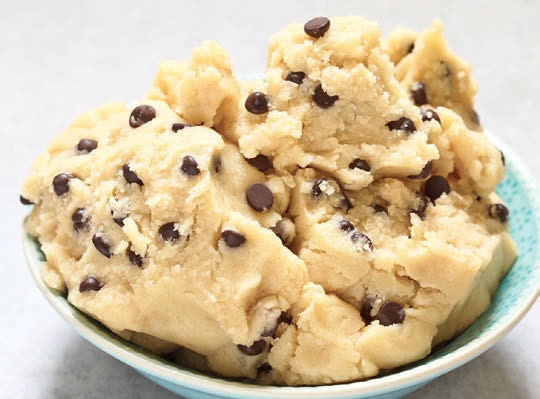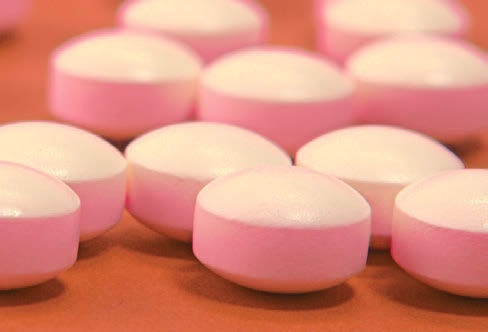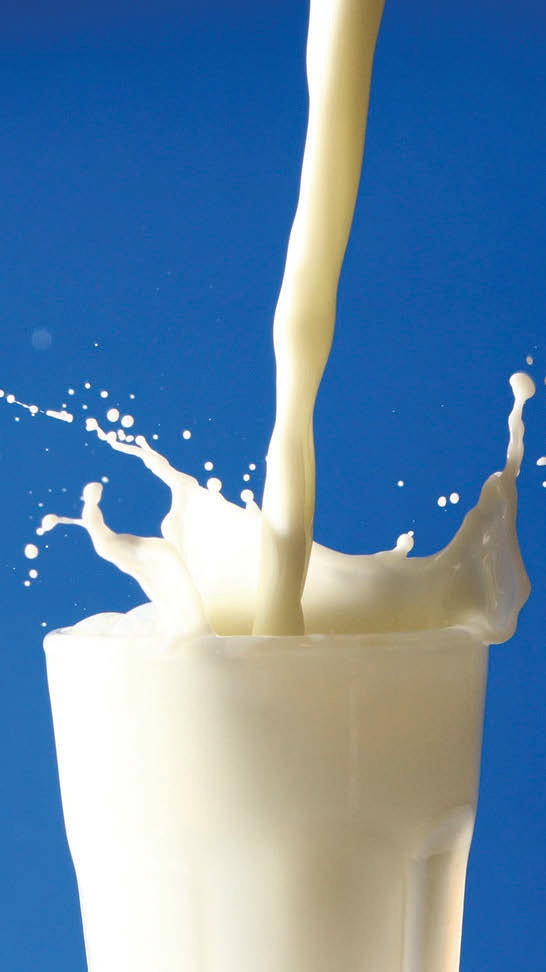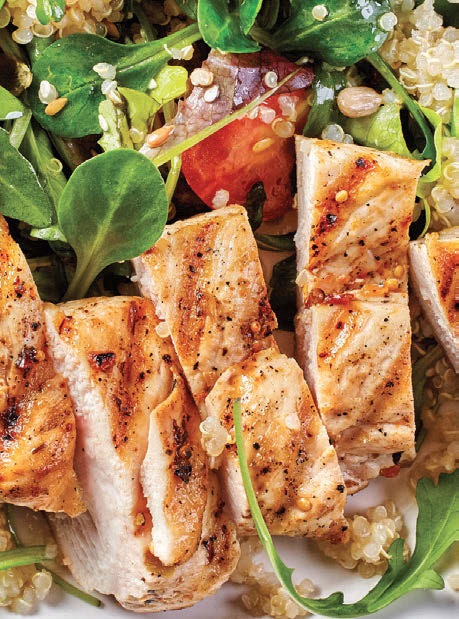Quick Studies: a snapshot of the latest research

Beware Cookie Dough

In one 2016 outbreak, 56 people—aged 1 to 95—were diagnosed with Shiga toxin-producing E. coli infections, which can cause bloody diarrhea and may lead to kidney failure. A quarter had to be hospitalized.
The culprit: contaminated flour that the people tasted as unbaked dough or batter. Three children got sick after restaurant staff gave them raw dough to play with while waiting for their meals.
What to do: To avoid E. coli in raw flour (or Salmonella in raw eggs), don’t taste unbaked dough or batter and wash your hands after handling raw flour or eggs.
N. Engl. J. Med. 377: 2036, 2017.
Metformin & B-12

A multivitamin may prevent the low vitamin B-12 levels that are sometimes caused by metformin, a drug used by millions of people with diabetes.
In a study of roughly 2,500 people aged 50 or older, 16 percent of metformin takers who took no multivitamin—but only 4 percent of those who took a multi—had low or borderline B-12 blood levels. (A typical multi has 6 to 25 micrograms of B-12.) People without diabetes who took a multi were also less likely to have low B-12.
What to do: Anyone 50 or older—and especially metformin takers—should get at least 2.4 micrograms of B-12 a day from a B-12 supplement, a multi, or a fortified food. Some older people have too little stomach acid to extract B-12 from food. Even B-12 supplements with 1,000 mcg are safe.
PLoS One 2016. doi:10.1371/journal.pone.0160802.
Milk & Hip Fractures

“Study: Milk may not be very good for your bones or the body,” reported the Washington Post in 2014.
A new, better study says otherwise. Scientists tracked 80,000 women and 43,000 men for roughly 32 years. Those who drank at least one glass of (mostly skim or low-fat) milk a day had a 17 percent lower risk of breaking a hip than those who drank less than one glass a week. Those who drank at least two glasses a day had a 23 percent lower risk.
Cheese eaters had no lower risk. Ditto for yogurt eaters, though few people ate even one serving a day.
What to do: This study isn’t proof that milk prevents hip fractures, but it counters some earlier reports that milk doesn’t protect bones.
Osteoporos. Int. 2017. doi:10.1007/s00198-017-4285-8.
Less Protein, Less Muscle?

Eating enough protein may help prevent muscle loss in older people.
Researchers fed 29 men who were over age 70 diets that contained either the Recommended Dietary Allowance for protein or double the RDA.
After 10 weeks, only the double-RDA group had gained trunk muscle and power on a knee-extension test (which requires a bent leg against resistance). Leg muscle didn’t change in the double-RDA group, but it fell in the RDA group (possibly because those men had to cut back on their usual protein intake to not exceed the RDA).
What to do: Aim for a protein intake (in grams) equal to about half your body weight (in pounds), as some experts recommend. So if you weigh, say, 140 pounds, shoot for 70 grams of protein a day. If possible, stick to protein foods rather than a liquid supplement, which is mostly sugar, oil, and milk and soy protein.
Am. J. Clin. Nutr. 2017. doi:10.3945/ajcn.117.160325.
Photos (top to bottom): fotolia.com—© azurita, © aduchinootonosama, © taffpixture, © Mara Zemgaliete.

